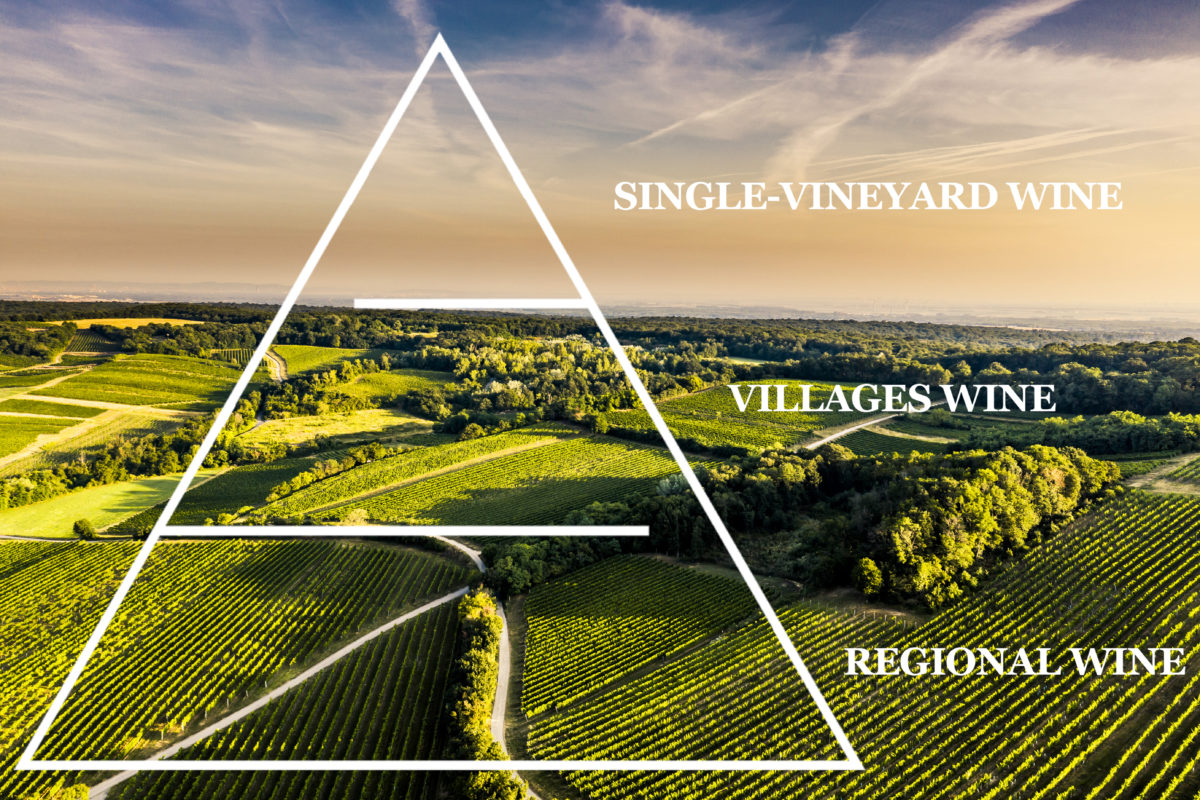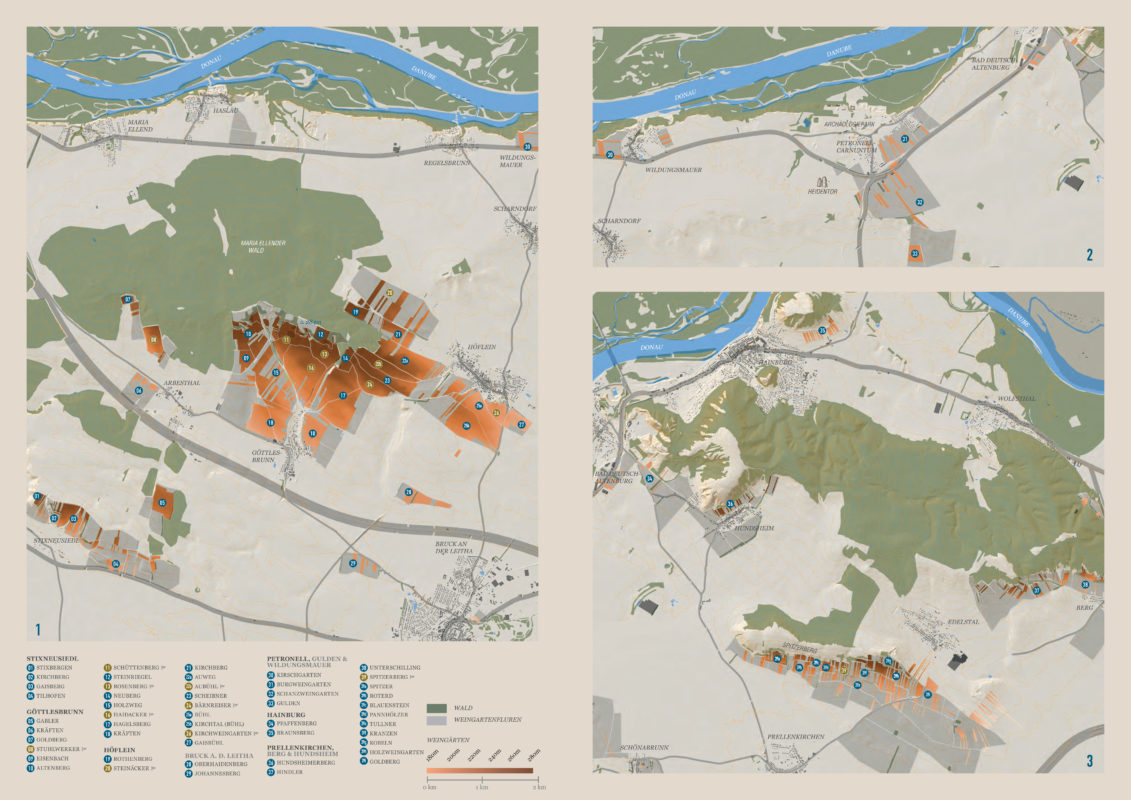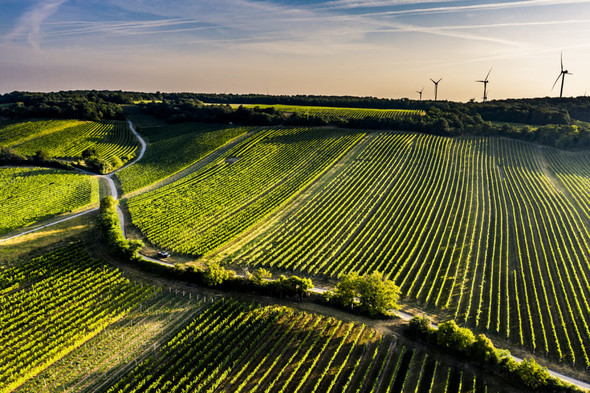For more than fifteen years, Austria’s oenographic nomenclature has been undergoing substantial restructuring. In 2003, the first DAC regulations and classifications were instituted. While grape varieties were the main focus of attention at the time, today stylistic concerns are coming steadily to the fore, and the grape variety now fits itself in to the bigger picture. And that is exactly how Carnuntum has defined its DAC regulations.
Sixteen years of preparation
In the winegrowing region Carnuntum, one gives things just as much time as they need. So it is only logical that the Carnuntine growers made no hasty decisions so far as DAC was concerned. Now, they have presented a well-designed and comprehensive new structure for the region.
In 2003, the concept »Districtus Austriae Controllatus« (Controlled Austrian Denomination of Origin) became a reality. The viticultural region Weinviertel was the first to baptise the new baby. Since then, the Kremstal, Kamptal, Traisental, Eisenberg, Wien/Vienna, Leithaberg, Mittelburgenland, Neusiedlersee, Rosalia and finally the Steiermark – with Vulkanland, Weststeiermark and Südsteiermark – have followed suit.

Sixteen years after the Weinviertel got things underway, the winegrowing region Carnuntum in easternmost Austria is now ready to join the programme. This extended interval was necessary, and the winegrowers have not made it easy on themselves. Because it couldn’t be a valid solution to just ‘have’ a DAC. And it should not be a solution imposed by any extraregional bureaucracy, either. The aim was rather to create a solid and sustainable structure, to give the region a clear profile that would prove durable for many years to come. It was also important that all winegrowers – ranging from the internationally renowned estates to the little traditional wine taverns – should support the new structure and find their appropriate place in the pyramid of origins.
There was nothing less at stake than the very identity of the region.
And this could not be fixed quickly by adopting a primary grape variety. For Carnuntum is indeed small in area, but its various red and white wines strike a fascinating balance. The varietal palette is indeed diverse, but the soil structures are widely diversified as well. There are water-retentive sedimentary soils from the epoch of the primeval sea, while on its ancient coastlines one finds pure limestone hillsides. Along the former course of the primordial Danube, wide fields with alluvial red gravels millions of years old wander through the region, while granite and gneiss come to the foreground on the Carpathian ridges. And many a slope in the landscape is covered with loess from the ice ages.

How, then, might one to arrive at a clear answer to the question – in a region that has absorbed so many influences over millions of years – What is typical Carnuntum?
For more informations about Carnuntum, read the whole article here!






